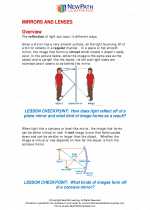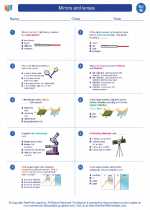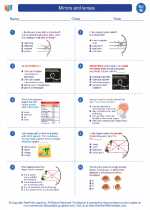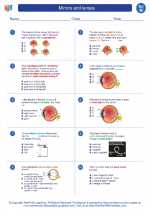Real Image
In optics, a real image is formed when light rays converge to a point after passing through a lens or reflecting off a concave mirror. This results in an image that can be projected onto a screen and is formed by the actual convergence of light rays. Real images are always formed on the opposite side of the lens or mirror from the object and are typically inverted.
Formation of Real Image
Real images are formed when the object is placed beyond the focal point of a concave lens or concave mirror. As light rays pass through the lens or reflect off the mirror, they converge to a point, creating a real and inverted image.
Characteristics of Real Image
- Real images are always inverted.
- They can be projected onto a screen.
- They are formed by the actual convergence of light rays.
- Real images are always located on the opposite side of the lens or mirror from the object.
Examples of Real Image
One common example of a real image is the image formed by a camera lens. When light from an object passes through the camera lens, it converges to form a real image on the camera's film or image sensor.
Study Guide
Key Concepts
- Definition of real image
- Formation of real image by lenses and mirrors
- Characteristics of real image
- Examples of real image in everyday devices
Practice Questions
- What is a real image and how is it formed?
- Explain the characteristics of a real image.
- Provide an example of a real image formed in everyday devices.
- Describe the difference between a real image and a virtual image.
Further Reading
For further understanding, you can explore the concepts of focal length, image distance, and the mathematical equations related to the formation of real images by lenses and mirrors.
Encourage students to experiment with lenses and mirrors to observe the formation of real images in real-life scenarios.
Understanding real images is an important concept in optics and has practical applications in devices such as cameras, microscopes, and telescopes.
.





